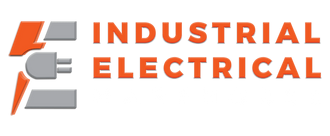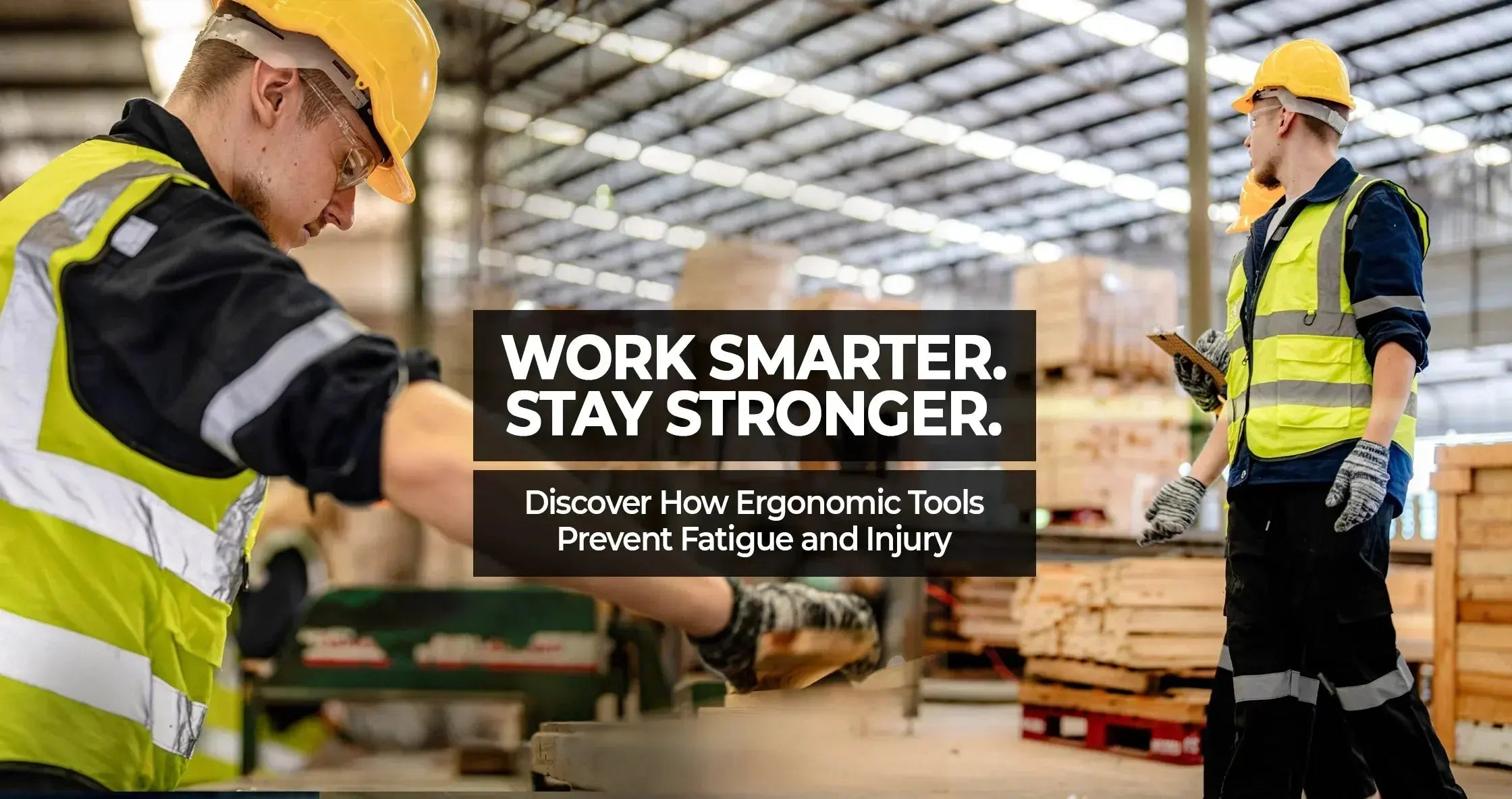In industrial and trade work, using the right ergonomic tools isn't just about comfort—it's about long-term health and productivity. Whether you're gripping a power drill all day, operating heavy machinery, or simply lifting materials repeatedly, the design of your tools and your working habits have a direct impact on your body. By incorporating ergonomics into tool selection and workplace routines, companies and workers can reduce injuries, boost efficiency, and create safer work environments.
What Are Ergonomic Tools and Why Do They Matter?
Ergonomic tools are designed to minimize physical stress and strain on the user. Unlike traditional tools, they consider the natural posture and movements of the human body. Their aim is to reduce the risk of musculoskeletal disorders (MSDs), which account for a large percentage of workplace injuries in industries like construction, manufacturing, and logistics.
The importance of ergonomics goes beyond just comfort. Poorly designed tools can cause repetitive strain injuries, carpal tunnel syndrome, lower back problems, and other chronic conditions that often go unnoticed until they become serious. Using ergonomic tools early and consistently can prevent these issues before they start.
Key Features of Ergonomic Tools
When selecting ergonomic tools, here are the core features to look for:
- Padded or cushioned grips: These reduce pressure on nerves and blood vessels in the hands.
- Anti-vibration technology: Particularly important in power tools to prevent vibration-related injuries like Hand-Arm Vibration Syndrome (HAVS).
- Angled or contoured handles: Designed to keep wrists in a neutral position to avoid strain.
- Lightweight and balanced design: Reduces the overall effort needed to use the tool.
- Textured surfaces: Improve grip without the need to overexert muscles.
Choosing tools with these features ensures workers can perform repetitive tasks with minimal strain.
The Role of Ergonomics in Repetitive Task Environments
Ergonomics is especially crucial in jobs that involve repetitive motion—tightening bolts, soldering wires, assembling parts, or handling packaging. These tasks can lead to cumulative trauma disorders if done with non-ergonomic tools or improper technique.
Using ergonomic tools can drastically lower the chance of developing chronic pain or injuries over time. For example, a screwdriver with a thick, contoured grip requires less force to use, while pliers with spring-return mechanisms reduce hand fatigue.
Lifting Techniques and Supportive Gear
Ergonomics doesn’t end at the handle of a tool. Lifting heavy or awkward objects repeatedly can also strain the back, shoulders, and legs. To protect workers, it’s essential to teach and implement proper lifting techniques:
- Keep loads close to the body.
- Bend at the knees, not the waist.
- Use a wide, stable stance.
- Avoid twisting when lifting.
In addition to technique, supportive gear enhances safety. Back belts, knee pads, wrist braces, and ergonomic work boots all contribute to distributing weight, stabilizing joints, and reducing pressure on key areas of the body. These additions make lifting, kneeling, or standing for long periods less taxing.
Scheduling Breaks to Prevent Fatigue-Related Errors
No matter how advanced your ergonomic tools are, the human body still needs rest. Scheduling micro-breaks into the workday is one of the most effective ways to maintain focus and reduce fatigue-related errors.
Micro-breaks can be as short as 30 seconds to 2 minutes, allowing workers to stretch, adjust posture, or rest their eyes. Over time, these breaks reduce cumulative stress on the body. Studies show that workers who take regular short breaks have better concentration and are less likely to develop repetitive strain injuries.
In high-intensity environments, even 5-minute breaks every hour can make a noticeable difference in both well-being and performance.
Training and Awareness: Ergonomics as a Culture
Providing workers with ergonomic tools is only part of the solution. Equally important is fostering a culture of ergonomics in the workplace. That means:
- Training workers on proper tool use and body mechanics.
- Encouraging early reporting of discomfort or fatigue.
- Performing regular ergonomic assessments.
- Adjusting workstations and schedules based on individual needs.
Workers who understand the value of ergonomics are more likely to take the necessary steps to protect themselves. Over time, this awareness leads to fewer injuries, improved morale, and higher productivity.
Real-World Examples: Ergonomics in Action
Several industries have already seen positive results from ergonomic interventions:
- Automotive assembly lines use height-adjustable platforms and suspended power tools to reduce overhead work and minimize reach distance.
- Warehousing companies have introduced lift-assist devices and anti-fatigue mats to support workers who are on their feet all day.
- Electrical and maintenance teams benefit from insulated ergonomic hand tools that offer precision without overexertion.
In all cases, the application of ergonomic principles results in a drop in injuries, fewer sick days, and higher retention rates.
Choosing the Right Ergonomic Tools for Your Job
When selecting ergonomic tools, consider the following:
- Task type: Is the job high-repetition, precision-based, or high-impact?
- User comfort: Does the tool fit comfortably in the hand and suit the worker’s size and strength?
- Work environment: Are temperature, lighting, and space contributing to strain?
Always try the tool before purchasing if possible. A good ergonomic tool feels natural to use and reduces the amount of force and awkward positioning required.
Integrating Ergonomics in Your Procurement Strategy
Organizations can gain a competitive edge by integrating ergonomic tools into their procurement process. Prioritizing health and safety in purchasing decisions doesn’t just help compliance with OSHA standards—it reduces absenteeism and improves performance.
Create checklists to assess ergonomic factors during vendor evaluation. Train procurement teams to look for ergonomic certifications, user reviews, and design features tailored to injury prevention. This proactive approach makes it easier to build a safer, healthier workplace.
Final Thoughts: Ergonomics Is an Investment, Not a Luxury
Investing in ergonomic tools, training, and supportive routines pays off in the long run. By prioritizing the health and comfort of workers, businesses can significantly reduce costs related to injuries, absenteeism, and turnover. More importantly, they foster a culture where workers feel valued and protected.
As technology evolves, so does our understanding of how to work smarter and safer. Ergonomics bridges the gap between performance and well-being—and it starts with the tools in your hand.
Explore ergonomic tool collections and safety gear now at Industrial Electrical Warehouse. Recommended categories include:
Browse these collections to find ergonomic solutions that keep your operations efficient, safe, and future-ready.


